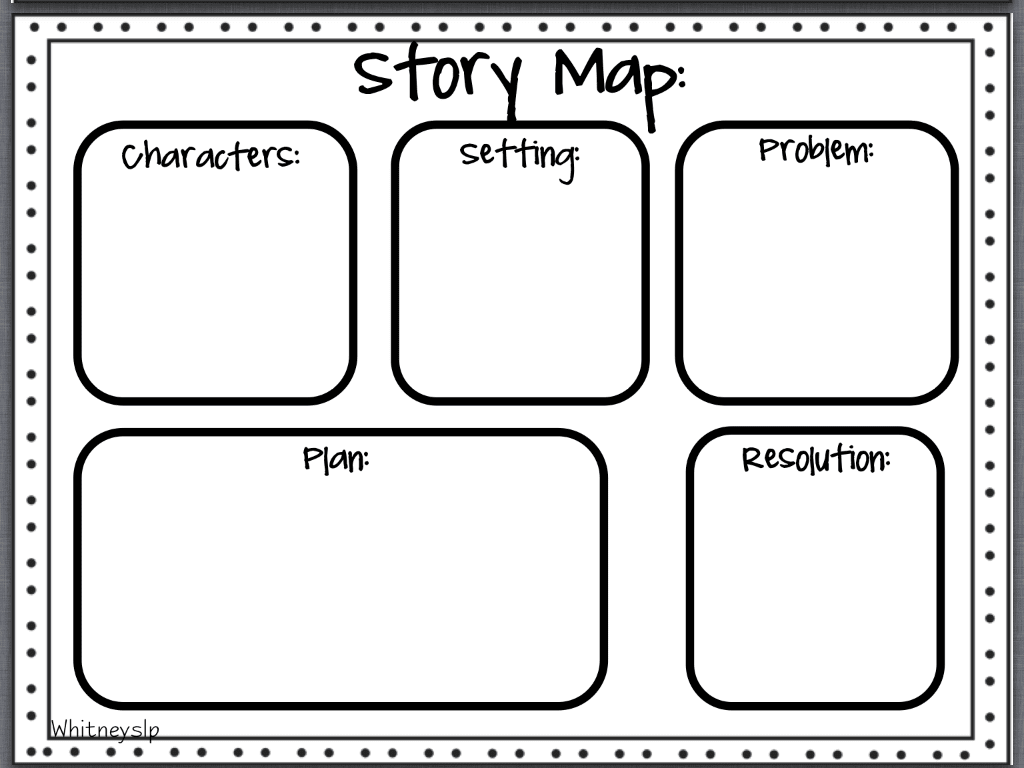
According to Shanahan on Literacy, how well students comprehend particular texts depends on two variables: their vocabulary sophistication and understanding grammatical complexity. Often reading comprehension problems are due to difficulties in reading fluently. Readers who lack fluency spend more time decoding, leading to less short-term memory available for comprehension.
If your child is struggling with reading comprehension, you should consider instructing them in story grammar. This technique provides students with a framework to help them understand narrative texts and includes elements, such as story plot, character, setting and theme.
Using story grammar you help your child divide the story into meaningful segments by using a set of comprehension questions that you can discuss together. These questions will help your child to focus on relevant elements of the story without being overwhelmed by all of it at once.
Most narratives contain the following elements:
Setting: containing the names and information about the character(s), the location of the story and the time the events occur
Initiating Event: the event (problem) that occurs, involving the main character(s)
Internal Response: the reaction / response of the main character to the initiating event
Attempt: the action the main character(s) do, as a result of the initiating event (problem)
Consequence: the impact of the character’s attempt (the resolution)
Formal Ending: the ending of the story
Theme: the lesson learned from the story
Teaching your Child Story Grammar
Have your child read a passage (silently).
Ask them to answer the guiding questions (based on story grammar) to draw their attention to the structure of the episode (story).
You can adapt the questions for the content. However, below is a good framework for a basic narrative story.
Guiding questions:
Setting:
Where did the story happen?
When did the story happen?
Characters:
Who was the story about?
Who were the people in the story?
Who was the most important person in the story?
Initiating Event:
What event (problem) occurred involving the main character(s)?
Action:
What was the reaction (internal response) of the main character?
What did the characters do, in response? (attempt)
What was the impact of the character’s attempt, the resolution? (consequence)
How did the characters solve the problem? (action)
Ending:
How did the story end?
Theme:
What lesson could we learn from the story?
You might want to try out some of our free printable worksheets to help your children improve their reading comprehension.

